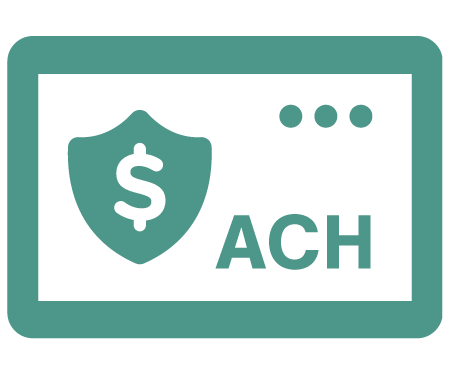The ACH Facilitator : What you must know
An ACH Payment Facilitator, or ACH PayFac allows a SaaS company to act as a master merchant for its client base. The SaaS provider onboards clients via a non-intrusive application process — making it simple for the user base to quickly begin accepting customer payments. While these generally are credit card transactions, a new approach via ACH is growing in popularity.
There are two primary types of payment facilitators. On one end of the spectrum there exists a “super facilitator” dynamic a la Stripe, PayPal and Square. These are industry juggernauts providing convenient payment acceptance to any business that needs to take payments. This facilitation approach is attractive for the essentially same day processing capability it allows. A secondary payment facilitation model is one aimed at the SaaS provider with a web-based payments component: consider Freshbooks, Xero or Quickbooks Online as examples. Each provides a suite of accounting features with embedded payment processing and reconciliation as critical components. By acting as the facilitation layer, these SaaS providers’ clients can quickly submit basic business information and be processing payments within minutes.
Pros and cons
There are pros and cons with both models. Until recently, credit cards have been the overwhelmingly popular payment option for electronic transactions. A primary reason is the ability to authorize a transaction at the point of sale so the merchant knows they will be funded for the transaction amount. ACH Processing is the second dominant payment rail for businesses looking to electronically collect or disburse funds. The fundamental difference between credit card payment and ACH processing? ACH processing does not offer the authorization component that credit cards do. So if Suzy Jones is paying $99 for her monthly cable bill via credit card, her card can be electronically tapped to verify she has $99. Those funds are then reserved, using a portion of her credit card balance, and subsequently captured. If she pays via ACH, the transaction proceeds under the assumption that she has $99 in her account.
There are also options that offer lower transaction fees in return for a substantial monthly fee [typically > $2k/month]. This can be attractive if you have a large enough base to ROI this expense and especially in the property management space can offer a client acquisition tool. A property management SaaS may offer “No cost ACH transactions”. They make their money on the monthly subscription fee or they may charge $1-3 per ACH and make revenue in margin. In this scenario is VERY important to understand that ALL payment risk is born by the SaaS platform. Unfortunately there have been platforms forced out of business by not mitigating this risk.
Although there are ACH integration facilitation options available, it often makes better sense to partner with a third-party ACH processor that understands the ACH network. You can also leverage ACH merchant application APIs, which provide fast onboarding for new clients and can be white labeled for your organization. While it’s certainly not as quick as becoming a true facilitator, working with a third-party facilitator can offer long term benefits around cost reduction, compliance management and revenue potential. These may make a payment partnership an ideal fit.
CONTACT US for more info or to discuss your needs



